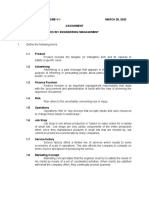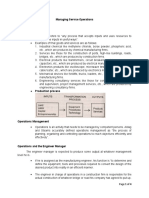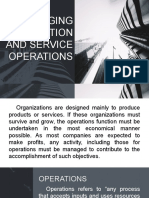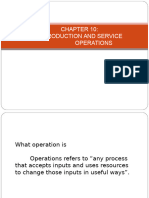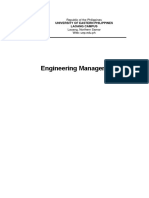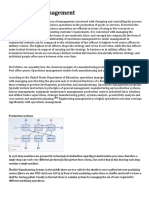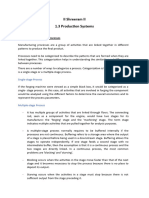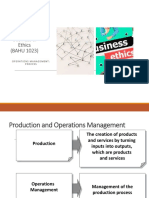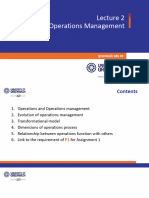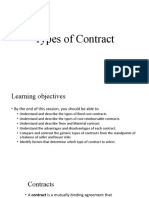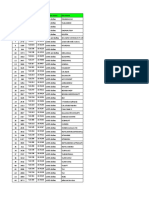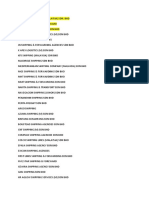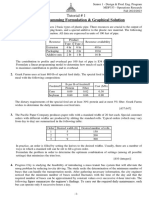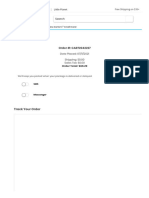0% found this document useful (0 votes)
22 views23 pagesModule 10
The document outlines the concept of operations and operations management, defining operations as processes that transform inputs into goods and services. It details various manufacturing and service processes, emphasizing the importance of efficient management in achieving production goals. Additionally, it highlights key activities in productive systems, including product design, production planning, purchasing, inventory control, workflow layout, and quality control.
Uploaded by
Jason ClaroCopyright
© © All Rights Reserved
We take content rights seriously. If you suspect this is your content, claim it here.
Available Formats
Download as PDF, TXT or read online on Scribd
0% found this document useful (0 votes)
22 views23 pagesModule 10
The document outlines the concept of operations and operations management, defining operations as processes that transform inputs into goods and services. It details various manufacturing and service processes, emphasizing the importance of efficient management in achieving production goals. Additionally, it highlights key activities in productive systems, including product design, production planning, purchasing, inventory control, workflow layout, and quality control.
Uploaded by
Jason ClaroCopyright
© © All Rights Reserved
We take content rights seriously. If you suspect this is your content, claim it here.
Available Formats
Download as PDF, TXT or read online on Scribd
/ 23



